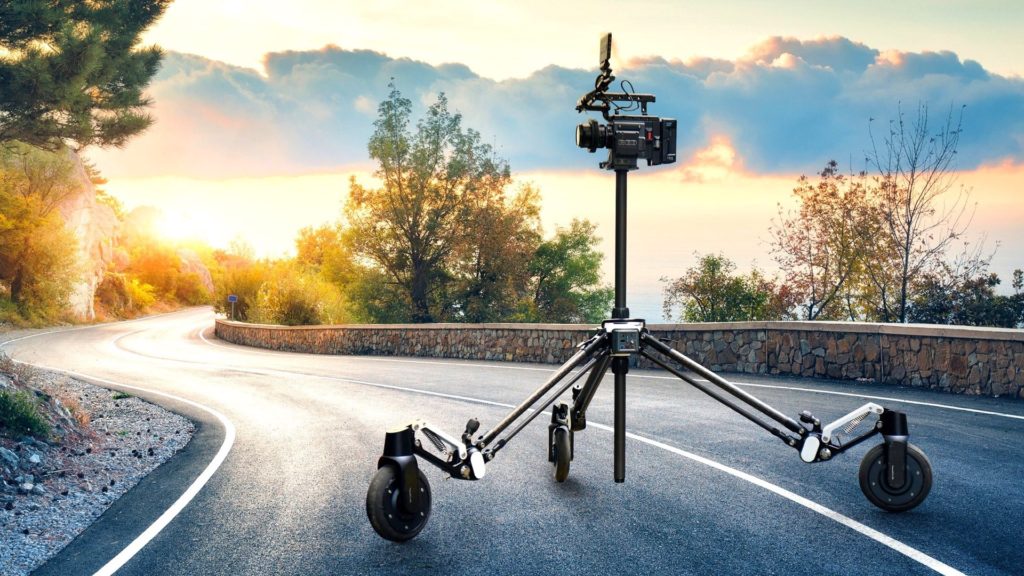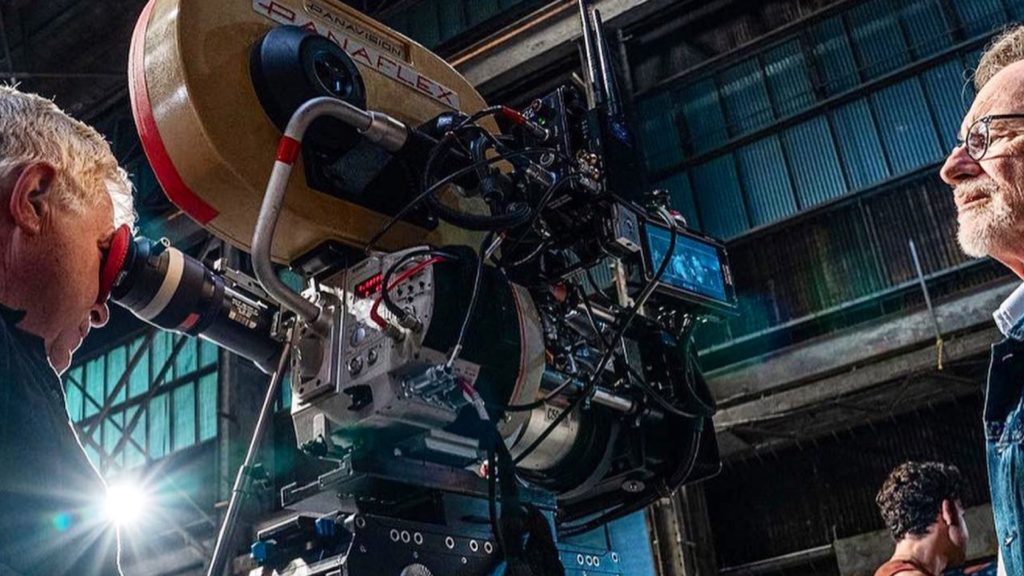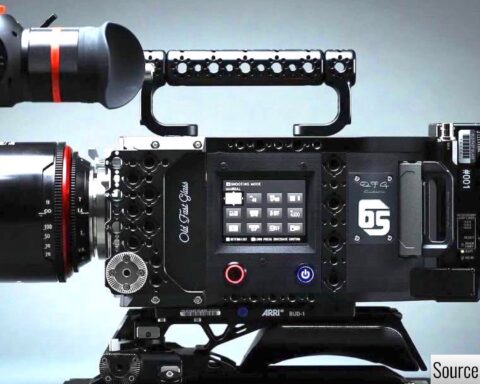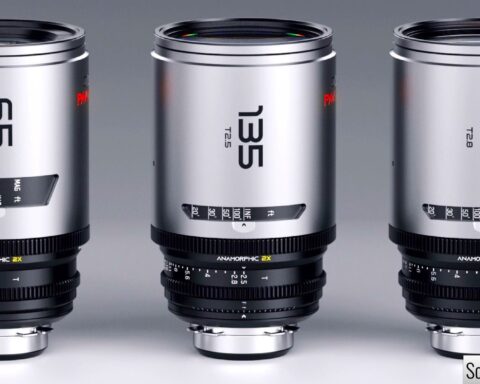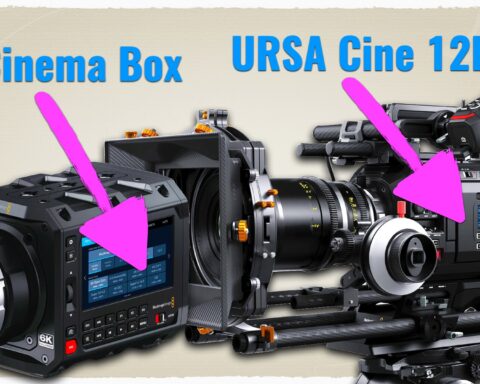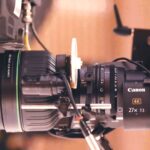Nerdy stuff warning. NHK has developed an 8K 4x slow-motion camera system that can record continuously at 240 FPS (Frame Per Second), by utilizing a brand new sensor. The camera was developed to broadcast ultra-smooth 8K imagery in order to enhance the viewing experience.
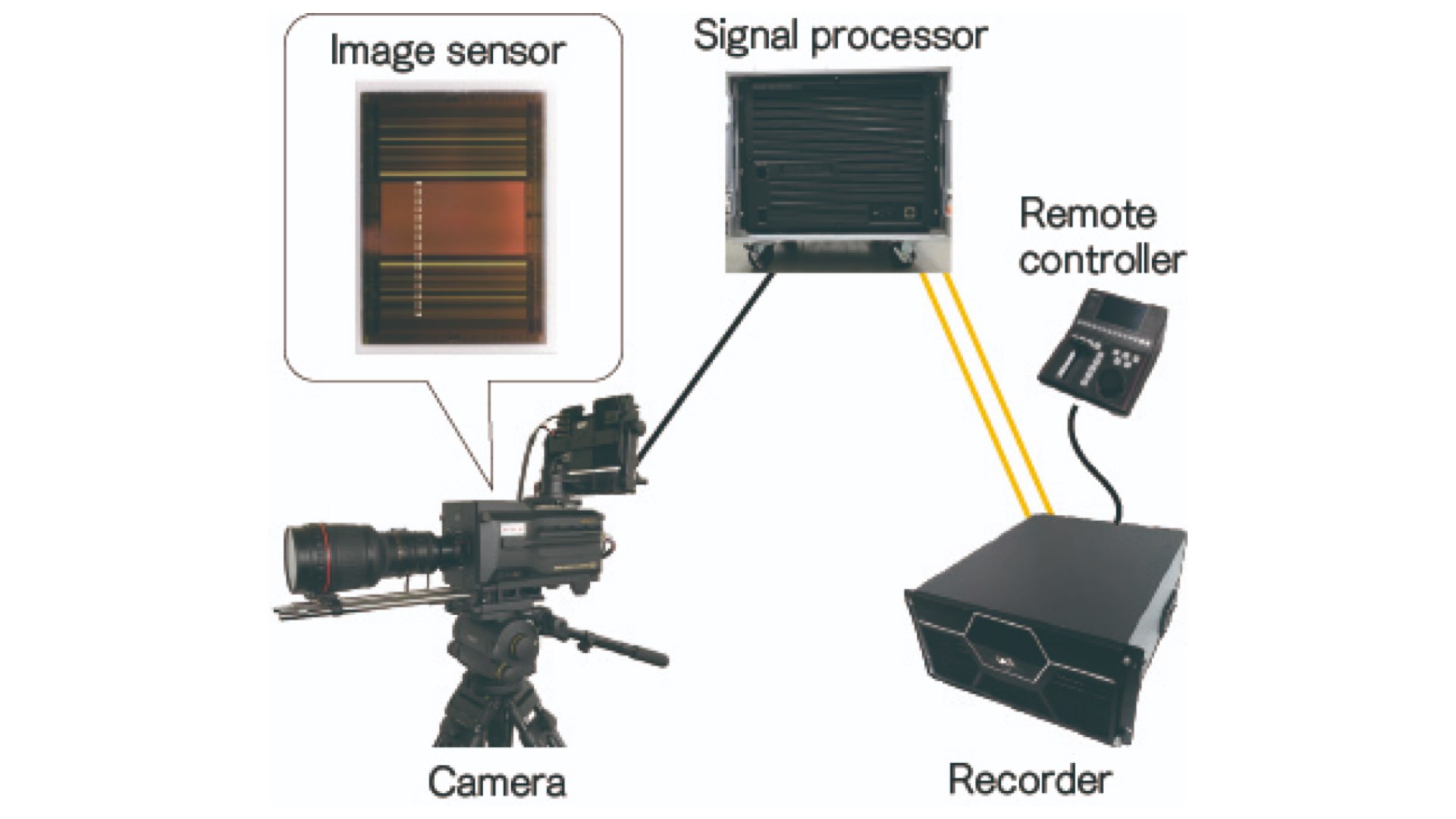
NHK STRL: A strong research branch of the Japan Broadcasting Corporation
NHK STRL(Science & Technology Research Laboratories) is conducting research and development on future broadcast media technologies such as AR/VR, 3D television, and haptic presentation technologies, in order to improve the expressiveness of video and sound produced by current televisions. In the most recent project, NHK STRL introduced content production technologies that: “Will bring new viewing experiences, relentlessly pursuing higher realism in video and sound and achieving production not previously possible”.
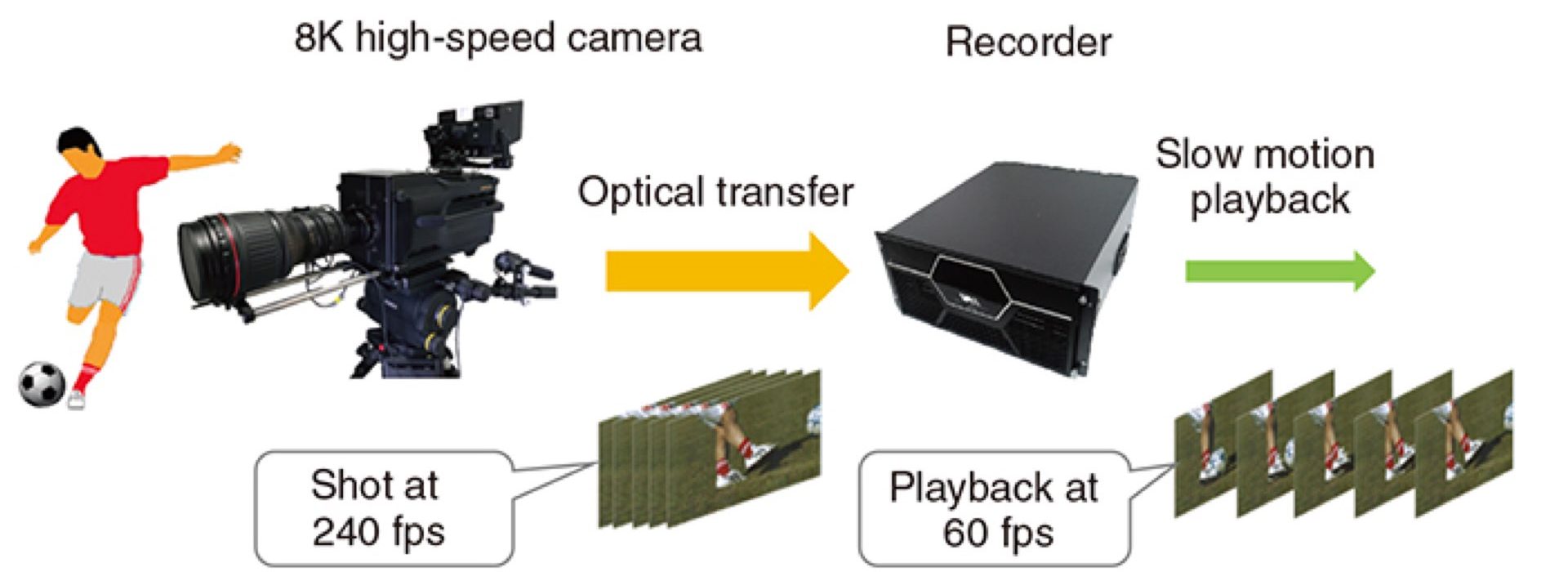
To produce smooth slow-motion video in a TV program (mainly for sports programs), the video must be captured at an even higher frame rate.
NHK
The challenge: Combine Ultra-high resolution with high FPS
As stated by NHK STRL: “High-speed imaging captures more frames per second so that fast-moving subjects can be portrayed smoothly, or so fast motions can be analyzed. BS4K and BS8K broadcast at 60 frames/s, so to produce smooth slow-motion video in a TV program (mainly for sports programs), the video must be captured at an even higher frame rate”. Furthermore, the researchers explain that there are technologies that use specialized cameras and other equipment to perform high-speed imaging at up to 10,000 frames/s or more, but they are constrained to lower resolution and several seconds of recording time”.
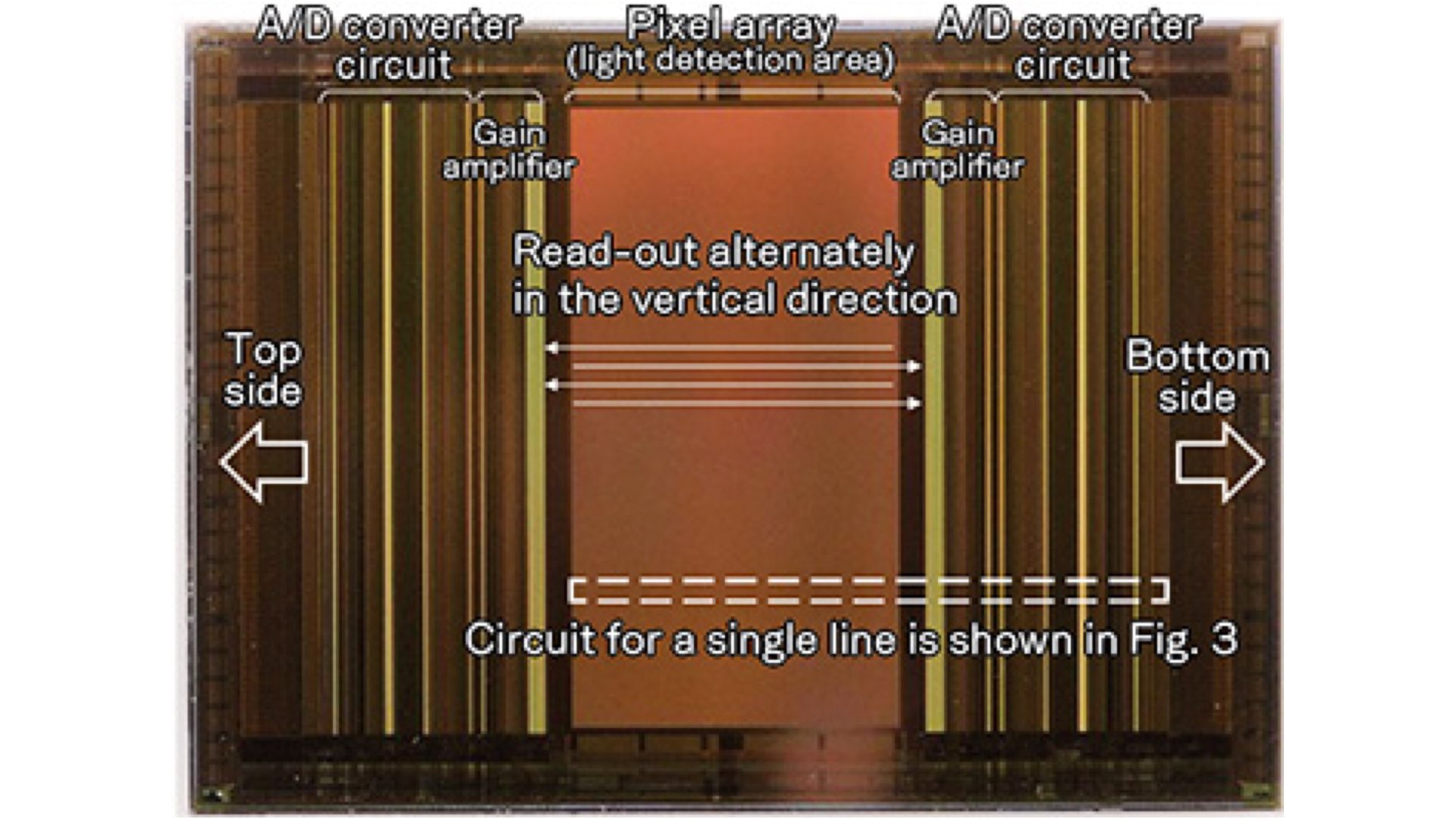
A feature of immersive media that we are researching is the use of a wider field of view to increase the sense of immersiveness. This could require resolution that exceeds that of even 8K, and technologies developed for high-speed imaging will be useful as more pixels are used.
NHK
8K resolution with 240 FPS
The technology presented by NHK STRL allows capturing several hundred frames per second over long recording times. As stated by NHK: “We have developed an 8K 4x slow-motion system that can record continuously at 240 frames/s, and has been used for many programs. Here, we will introduce an image sensor technology, which is a key component of the camera”. To achieve both low noise and high speed, NHK STRL has implemented two signal lines for each pixel column to transfer signal from the pixel to the gain amplifier, and used both alternately for conversion, improving utilization of time. A/D conversion accounts for a large share of power consumption, so NHK developed A/D conversion circuits that divide the conversion into three steps: with coarse, medium, and precise accuracy, optimizing the circuits for each step, and processing in parallel. The circuit is capable of operating at high speed, performing over a million conversions per second to handle high-speed imaging, while maintaining power consumption low enough for continuous operation.

The goal: Maximizing FOV in >8K resolution
There’s no secret that NHK believes in 8K. One of the advantages is to utilize this ultra-high resolution in order to maximize the FOV (Field of View). As explained by NHK: “A feature of immersive media that we are researching is the use of a wider field of view to increase the sense of immersiveness. This could require resolution that exceeds that of even 8K, and technologies developed for high-speed imaging will be useful as more pixels are used. We will continue R&D in pursuit of image quality for immersive media”. Although this development is more relevant to broadcasting, it will find its way to cinema as well. A large sensor with 8K resolution and 240 FPS might be the next step of cinema camera manufacturers… who knows… maybe in the next RED V-Raptor firmware updates.


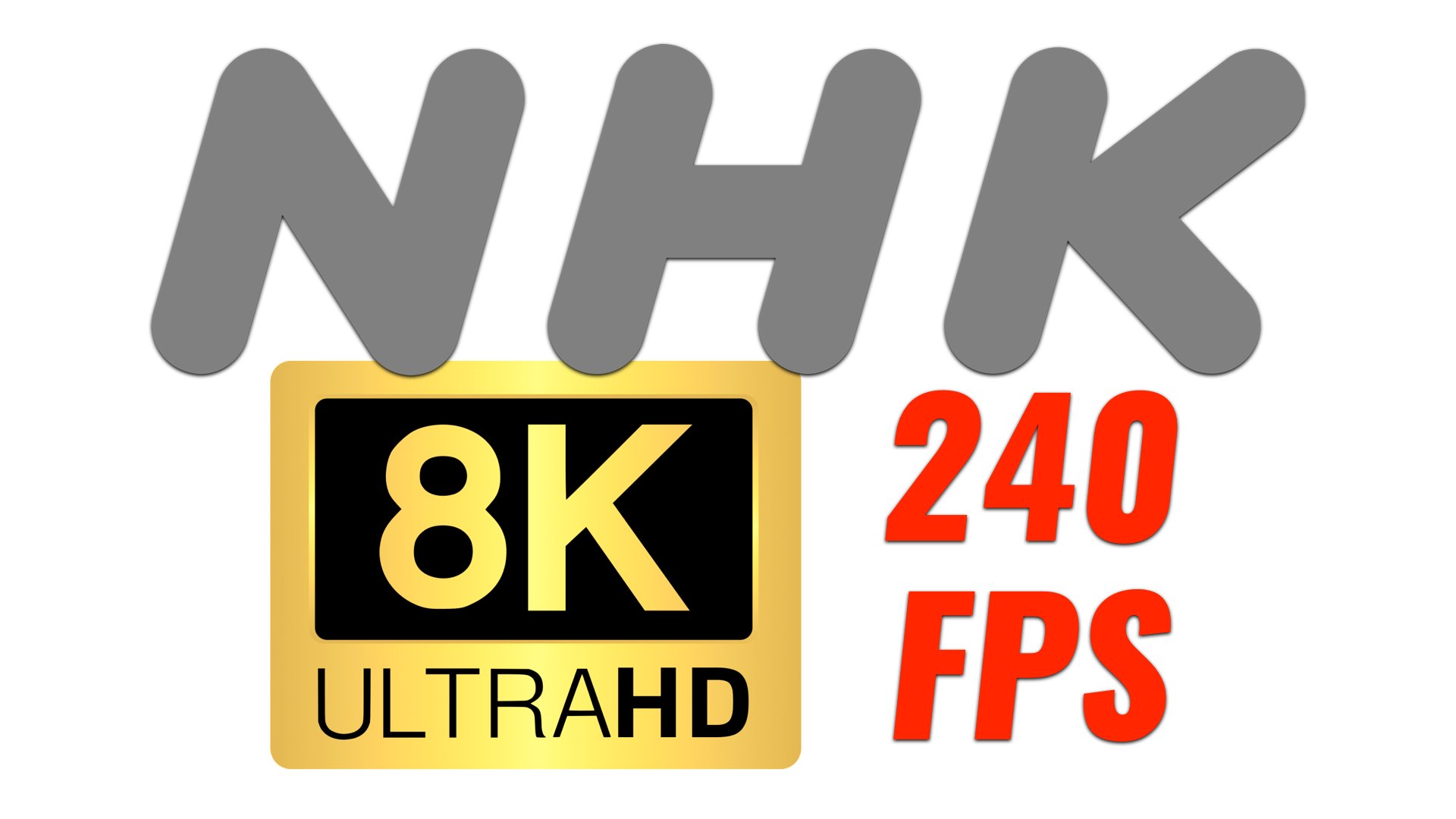
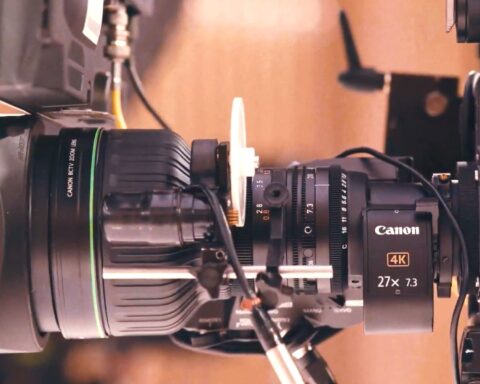
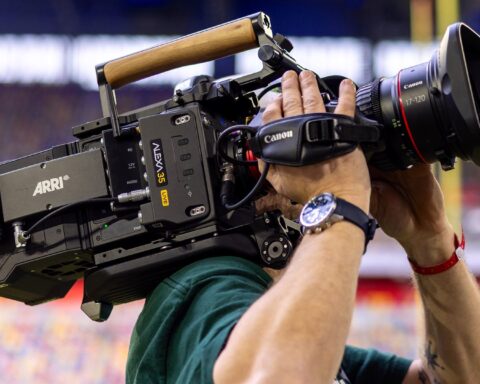

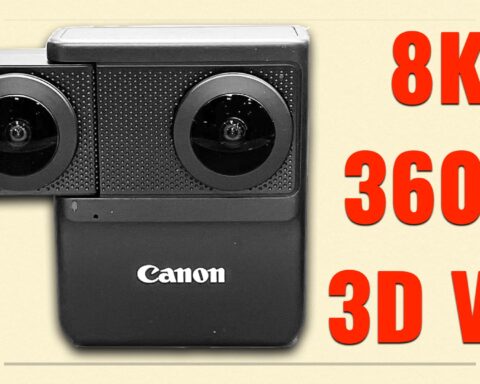
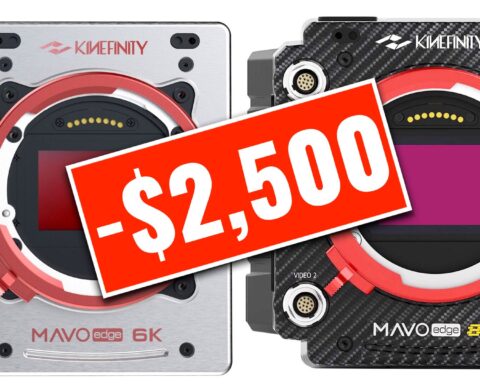
![RED V-Raptor OG vs. [X] vs. ARRI ALEXA 35: Dynamic Range Insights](https://u7s8g8p6.rocketcdn.me/wp-content/uploads/2024/02/red-v-raptor-x-arri-alexa-35-480x384.jpeg)

